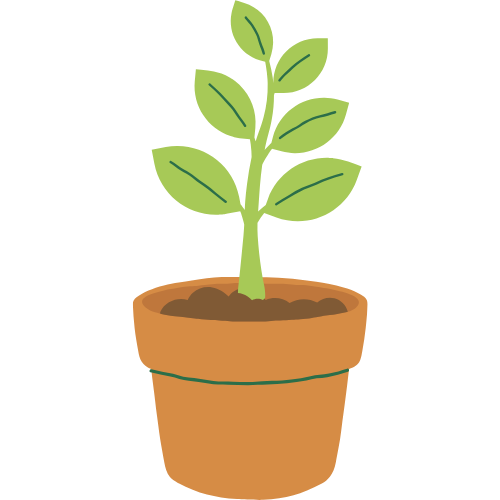Indoor air quality is becoming an issue in our closed and sealed homes and offices. These fumes are constituents of volatile organic compounds (VOCs) and other toxic agents that may be in the materials being used in constructions, furniture, and household cleansers among others. Ventilation is criticial, but there is another 90s solution: an aesthically and environmentally available measures, namely air-cleaning potted plants. What you may think are mere ornamental details, they are actually living filters by which we enjoy clean air as they purify the air, toxins and all by sweeping it with oxygen.
Green Cleanse Science
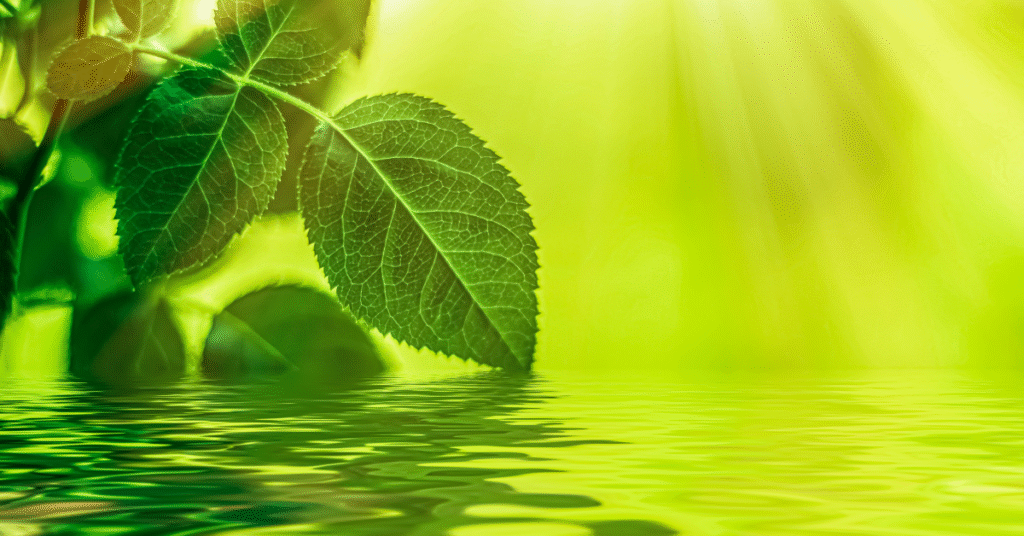
This notion that plants can cleanse the air has gained great momentum following the revolutionary 1989 NASA Clean Air Study. Carried out with the help of Associated Landscape Contractors of America, the objective of the study was to develop an efficient approach to help clean the air naturally on a sealed harness such as space stations. The study discovered that some houseplants can eliminate a big number of indoor air pollutants which are prevalent and they include:
- Formaldehyde: It is in building material, furniture and in some cleaners in our home.
- Benzene: One of the most widespread elements of plastics, dyes, and a few detergents.
- Trichloroethylene: They found trichloroethylene in cleaning products, adhesives.
- Xylene and Toluene: These are contained in paint thinners, sealants and glues.
The research study found out that plants take up such air pollutants in the leaves and thus circulate them back to the root cluster where they are decomposed by the microorganisms present in the soil. As much as the NASA experiment was done in a sealed chamber, later experiments within the real life environment have established that the plants have a way of enhancing our air quality, but in a different magnitude. The lesson here is that integrating the assorted species of these plants into your house can go an extra mile to alleviating a cleaner, breathable air.
The Air-Purifying Top Champions
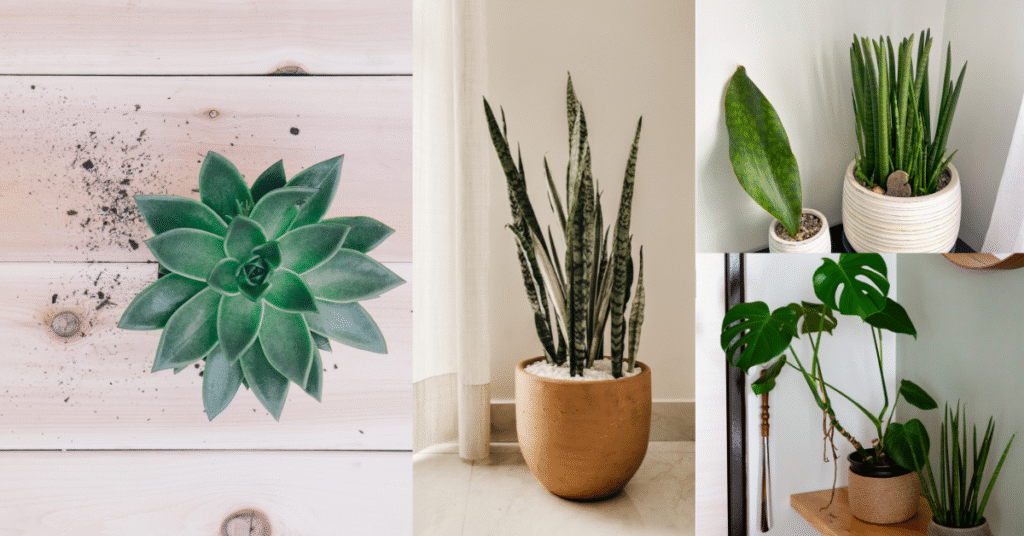
Air purification plants are not all the same. There are certain species that are very highly specialized to filter out some specific toxins. The following are some of the ever-popular and best options:
- Peace Lily (Spathiphyllum): It is a beautiful plant that has glossy green leaves and white spathes; it is a master of air cleaning. It removes benzene, trichloroethylene, and formaldehyde excellently and is perfect in darkness.
- Snake Plant (Sansevieria trifasciata): This classic Mother-in-Law Tongue is a lovely and very long-lasting plant that makes it a great plant to start with. What is unique about it, is that it can turn carbon dioxide into oxygen during the nights, thus making it a good companion when it is in the bedroom. It is useful in eliminating benzene, formaldehyde, trichloroethylene, and xylene.
- Pothos (Epipremnum aureum): Usable in literally every environment (mostly – offices, but also in containment and as cuvette covers), and can grow wherever it is taken (although it prefers a dark background), the Pothos is indisputably the best at combatting formaldehyde. It is very beautiful on shelves and hanging baskets by reason of its cascading foliage.
- Spider Plant (Chlorophytum comosum): A super popular plant due to the little ones that will grow out of the main plant as so-called pups, the Spider Plant is one of the most effortless plants you could take care of and is an excellent air purifier as well. It is also effective in getting rid of formaldehyde and xylene air pollutants.
- Dracaena (Dracaena spp.): With a wide range of different plants such as the Corn Plant and the Dragon Tree, Dracaenas are useful in eliminating a vast range of pollutants, including trichloroethylene and formaldehyde.
- Boston Fern (Nephrolepis exaltata): This old-fashioned fern is not only handsome but excellent humidifier as well. It is especially good at the elimination of formaldehyde, xylene, and toluene.
More than Air Purification: the added value
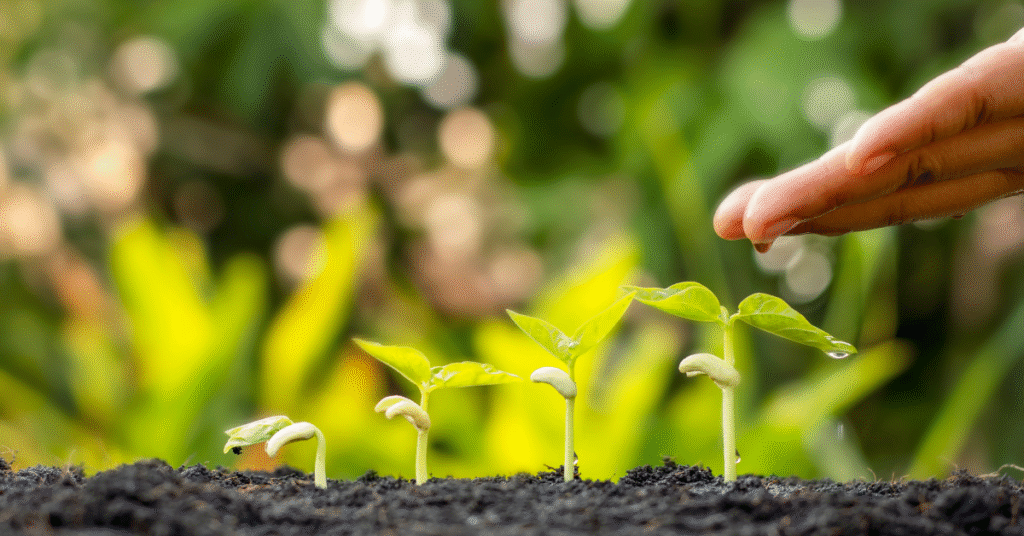
Air-purifying plants have an immensely long list of advantages beyond the mere filtering of the air. The cognizance of their presence in home or an office can make an immense change to the general well-being.
- Enhanced Oxygen and Moisture: plants produce oxygen and water vapor through the process of photosynthesis and this can be used to enhance the level of moisture in arid places and deodorize the air.
- Stress Reduction: Evidence suggests that the presence of plants can alleviate levels of stress related to an environment and even lower blood pressure, making one feel relaxed and calm. Nurturing a plant is a medical treatment and calm ritual in and of itself.
- Better concentration and efficiency: It has been cited that the addition of plants to a working area helps increase concentration, memory and creativity thus making them very useful in a study or home office
- Aesthetic Appeal: Plants have a natural beauty that brings color, texture and life to any room making the environment to be happier and aesthetically desirable.
Making Our Home Healthier
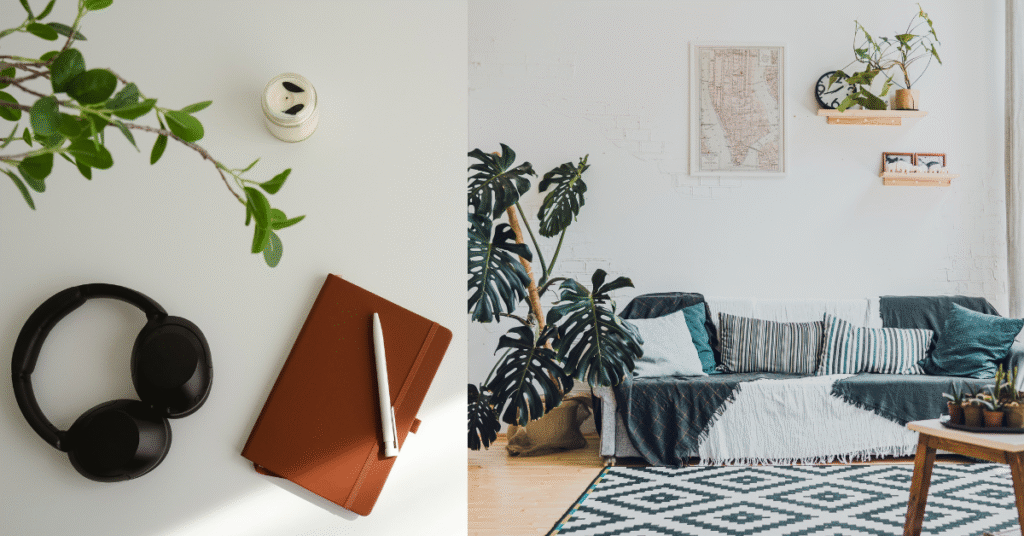
In order to make indoor plants have maximum air purification effects, you should consider the following:
- Quantity Counts: Although having one plant is better, having more plants will play a bigger role in changing the air quality.
- Diversity is Paramount: A mixture of plants is able to capture a mixing of pollutants. A variety of plants will offer greater range of purification.
- Importance of placement: The plants are supposed to be placed at areas where one spends lots of time in which areas are the living rooms and bedrooms. Also, you should set them in places which may have more of the pollutants like around new furniture or newly painted walls.
Bring these air-cleaning heroes home and not only beautify and enliven your surroundings but also make a natural and easy step towards healthier, happier and fresher home that you and your loved ones could enjoy.
